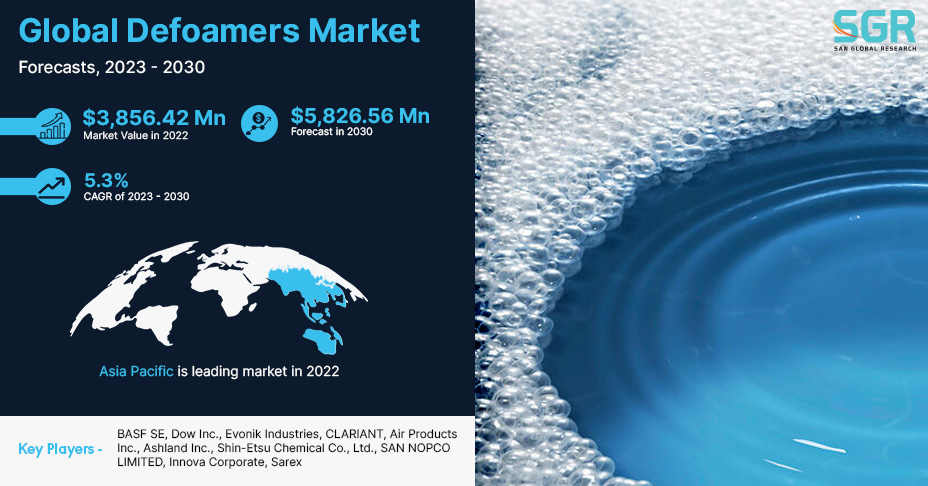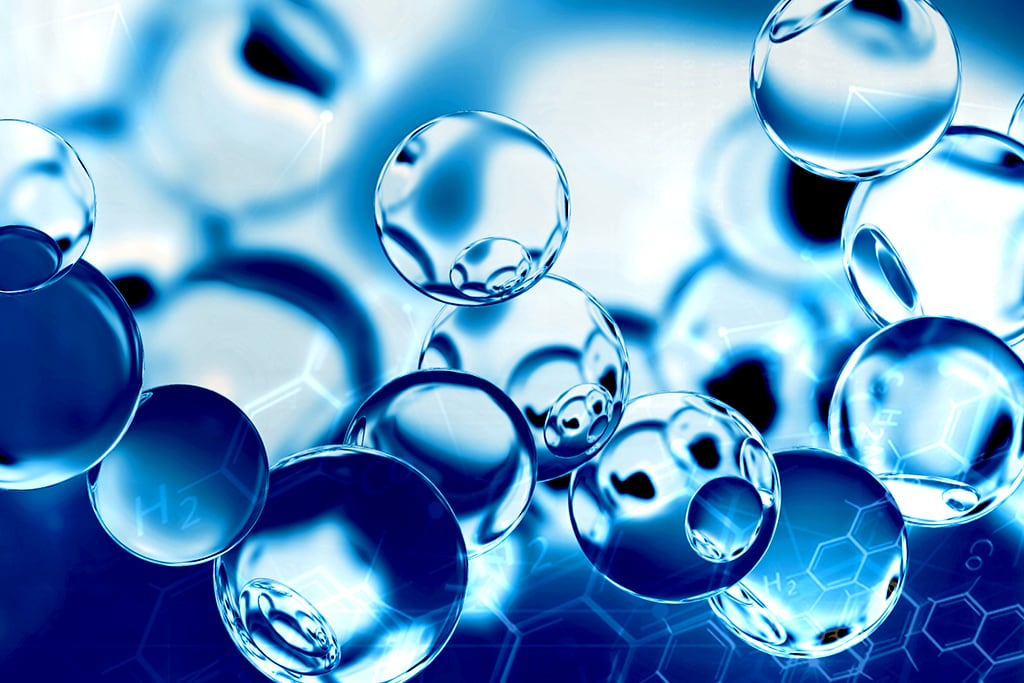How Defoamers Can Save Time and Money in Industrial Production
The Role of Defoamers in Enhancing Product Top Quality and Performance
Defoamers serve as necessary additives that mitigate this problem, ensuring smoother production workflows while enhancing the visual and useful features of the last items. The option of the ideal defoamer can be crucial to accomplishing optimal outcomes, increasing crucial questions regarding formulation compatibility and performance metrics that merit further expedition.
Comprehending Defoamers
Recognizing the function of defoamers is essential for maintaining item quality throughout numerous markets. Defoamers are chemical additives developed to decrease and prevent the development of foam in fluid systems, which can detrimentally influence procedures such as blending, filling up, and surface area stress. Frothing can lead to inadequacies, product problems, and jeopardized aesthetic allure, making defoamers an important part in producing operations.
In commercial applications, defoamers assist to improve item consistency and stability. The efficient usage of defoamers not only makes sure smoother production processes but additionally adds to superior item performance.
Additionally, the option and formulation of a defoamer should align with certain application requirements, such as compatibility with various other ingredients, effectiveness under varying temperature and pH conditions, and potential governing constraints. Ultimately, comprehending defoamers' features and their relevance in numerous formulations is crucial for enhancing manufacturing and ensuring the greatest high quality end items.
Kinds of Defoamers
Defoamers can be classified into numerous kinds based on their structure and mechanism of activity. The main kinds include silicone-based, non-silicone natural, and inorganic defoamers.
Silicone-based defoamers are amongst one of the most reliable, mainly as a result of their capability to spread out swiftly on the fluid surface area and disrupt foam formation. Their one-of-a-kind chemical structure permits for superior stability, making them ideal for high-temperature applications and environments with varying pH levels.
Non-silicone natural defoamers, often made up of fatty acids or all-natural oils, are valued for their biodegradability and reduced poisoning. These are normally made use of in food and drink applications where safety and ecological influence are paramount.
Inorganic defoamers, that include compounds like talc or calcium carbonate, act by boosting the density of the fluid, thereby minimizing foam security. They are frequently utilized in industrial processes where compatibility with other materials is not a worry.
Each sort of defoamer has unique advantages and restrictions, enabling tailored remedies relying on the particular frothing problems run into in different applications. Understanding these distinctions is critical for maximizing performance and attaining wanted item high quality.
Applications Throughout Industries
Many industries utilize defoamers to improve item top quality and functional effectiveness. In the food and drink market, defoamers are vital in processes such as brewing and dairy products production to avoid foam development, which can bring about ineffectiveness and product incongruity. By managing foam, makers can make certain far better yield and a more uniform product.
In the pharmaceutical industry, defoamers play an essential function in the solution of liquid medications, where too much foam can restrain mixing and accurate application. Their usage assists preserve the honesty of the solutions and assists in smoother manufacturing processes.
The paint and layers industry likewise depends on defoamers to enhance the efficiency of items throughout application. By minimizing foam, these ingredients ensure a smoother coating and improve the visual qualities of the final item.

Advantages of Making Use Of Defoamers
While the application of defoamers varies throughout industries, their advantages regularly improve product high quality and process efficiency. One significant advantage is the reduction of foam formation during manufacturing procedures, which can or else cause manufacturing hold-ups and incongruities in product high quality. By lessening foam, defoamers allow a smoother circulation of materials, promoting a lot more effective procedures and reducing the probability of devices breakdowns.
Furthermore, making use of defoamers can improve the look and texture of end products. In industries such as finishes, paints, and food processing, excessive foam can compromise the visual aesthetic appeals and general quality, while the suitable defoamer application ensures an uniform finish and desirable attributes. In addition, defoamers can contribute to cost financial savings by lowering waste during production and optimizing making use of basic materials (defoamers).

Picking the Right Defoamer
Selecting the best defoamer is critical for maximizing production procedures and guaranteeing item quality. The choice of defoamer influences not just the efficiency of foam control but also the overall performance qualities of the end product. Elements to take into consideration consist of the kind of application, the chemistry of the from this source solution, and the environmental conditions under which the product will be utilized.
Various markets may require specific defoamer types, such as silicone-based, natural, or polymeric defoamers. Recognizing the compatibility of the defoamer with the key ingredients is vital to stay clear of adverse responses that might compromise product stability. Furthermore, the defoamer's performance in numerous temperatures and pH degrees have to be reviewed to ensure constant efficiency.
Checking the defoamer in small-scale applications can supply useful insights right into its performance and viability. Consideration of regulative conformity, especially in food, drugs, and cosmetics, is paramount in choosing a defoamer. Ultimately, a comprehensive analysis of these elements will certainly cause the option of a defoamer that not just controls foam successfully yet additionally enhances the high quality and efficiency of the end product.
Final Thought

In verdict, defoamers are crucial ingredients that significantly enhance item top quality and performance across different industries. By successfully lowering foam development, these agents not just enhance operational performance yet likewise contribute Learn More Here to the functional and aesthetic honesty of items. The tactical choice and application of defoamers lead to cost savings, enhanced resource usage, and boosted client contentment. On the whole, the significance of defoamers in industrial processes can not be overstated, as they play a crucial function in achieving constant and premium outcomes.
Lathering can lead to inefficiencies, product flaws, and jeopardized aesthetic allure, making defoamers a crucial component in making procedures.
